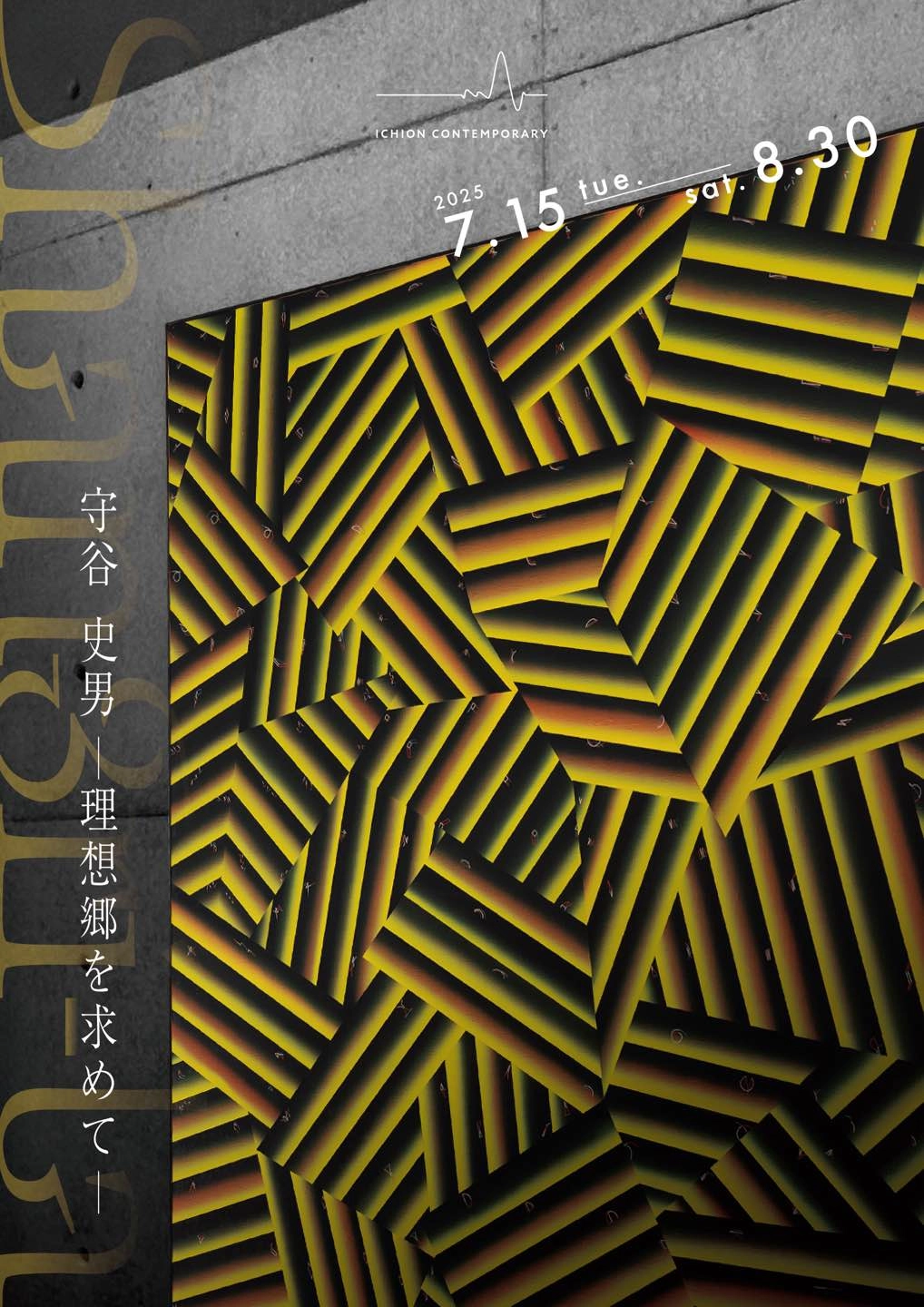
Shangri-La──a name for the ideal land hidden deep beyond snowy mountains, continues to exist quietly only within the depths of people’s hearts. First depicted in James Hilton’s novel Lost Horizon (1933), it is a dreamlike place of eternal serenity and harmony, forever unreachable. For over half a century, Fumio Moriya has devoted himself to pursuing his own inner Shangri-La of art. His work consistently weaves together material and action, memory and time, construction and trace ̶an endless journey toward an unattainable ideal land. This exhibition invites viewers to trace Moriya’s lifelong pursuit of Shangri-La and hopes that, in front of his works, each person’s own ideal land may quietly take shape.
- Open:
11:00‒18:00 (Last entry at 17:30)
※Closes at 17:00 on the final day- Closed:
Sundays, Mondays, and Public Holidays
- Admission:
Free
- Artists:
Fumio Moriya
Group Visits (10+ guests)
Advance reservations via phone or email are required for groups of 10 or more.Without a reservation, admission will be declined.To ensure safety and smooth operations, please divide into groups of under 10. Waiting groups should remain on the bus and avoid gathering near the building entrance.
Donation Request
For group visits, we kindly ask for a donation of ¥1,000 per guest (middle school age and above). Donations support our exhibitions, artists, and facility maintenance. Donors will receive an original exhibition tote bag as a thank-you gift. (Children under elementary school age are voluntary.)
EXHIBITION CONTENTS
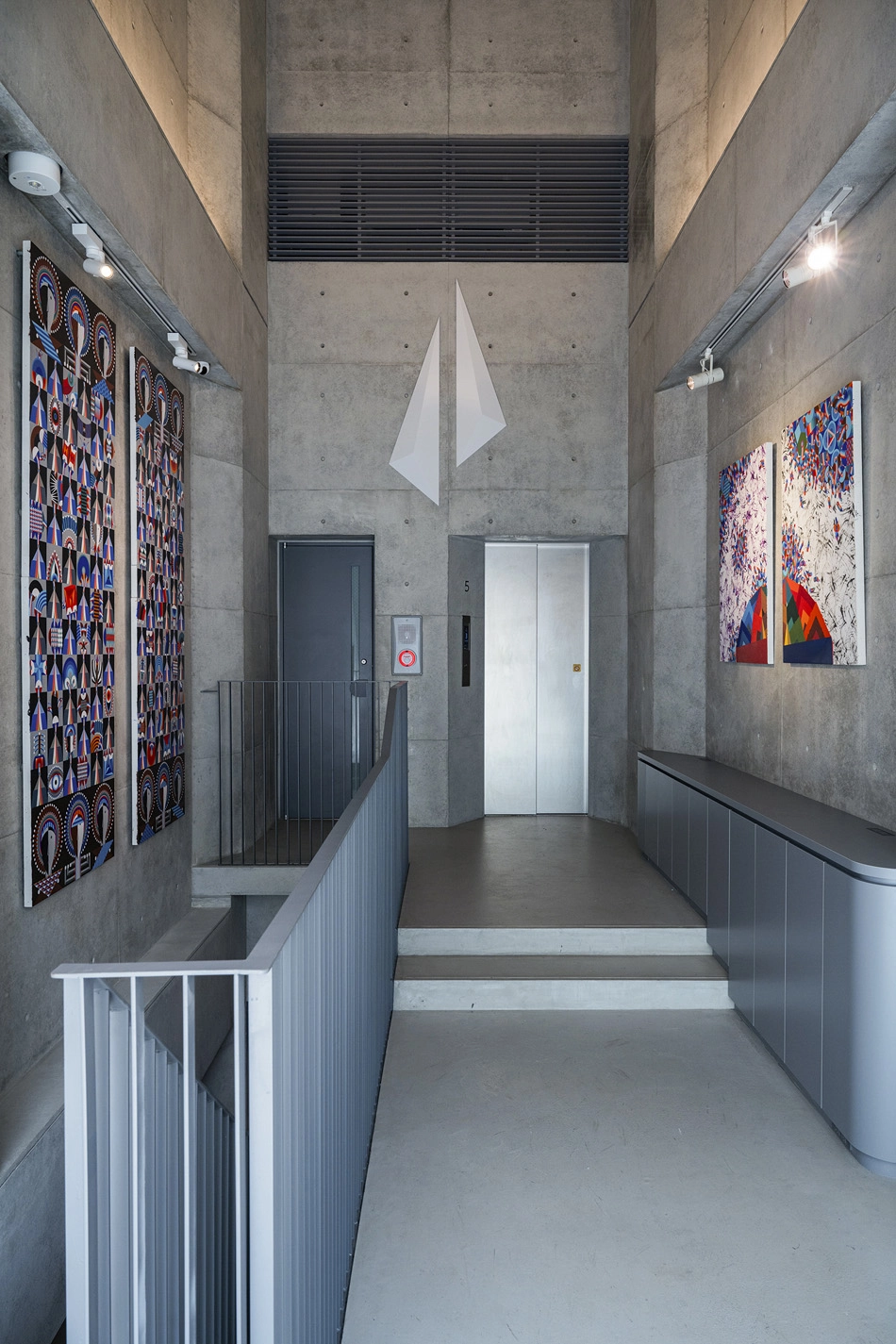

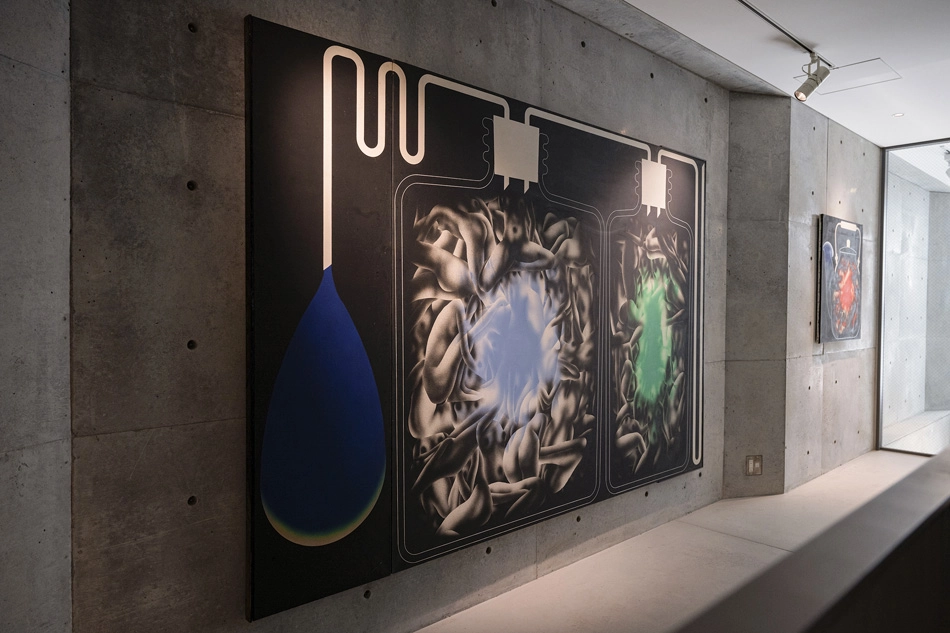
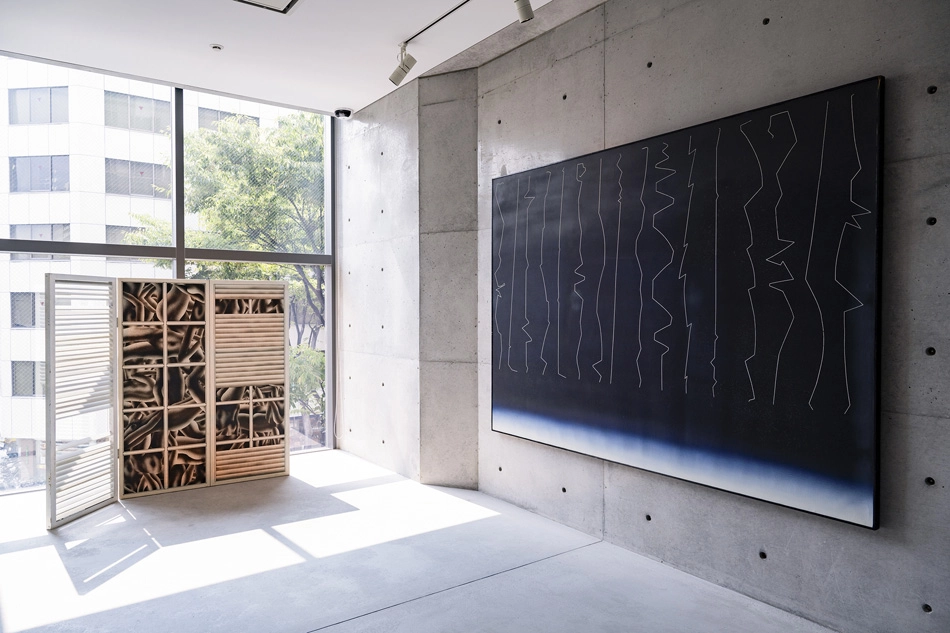
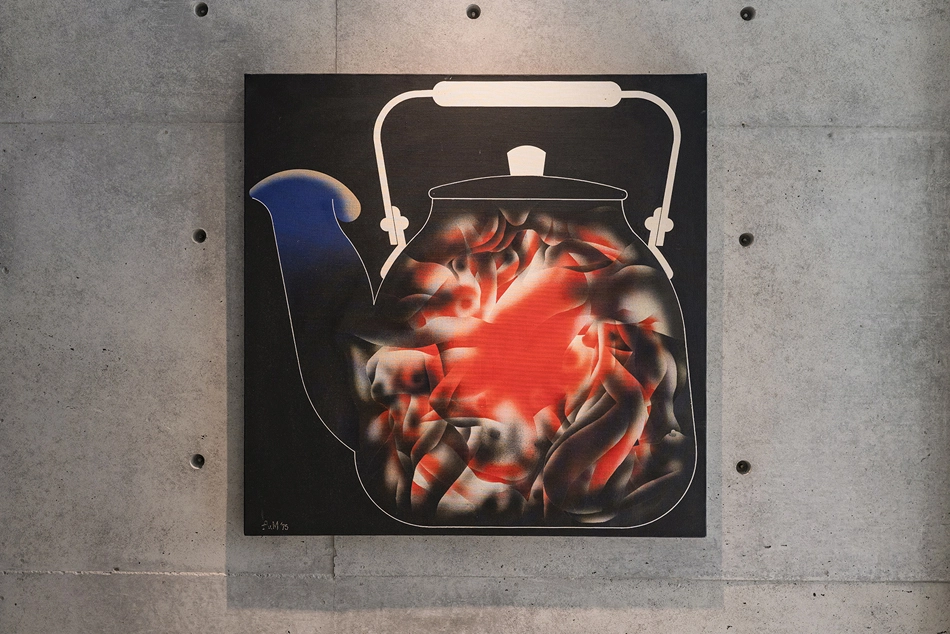
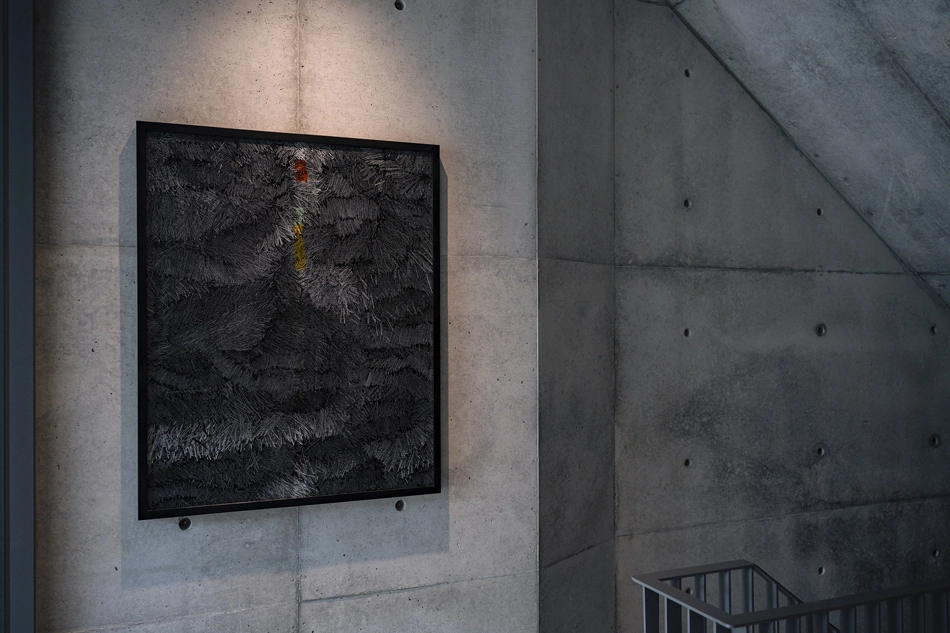
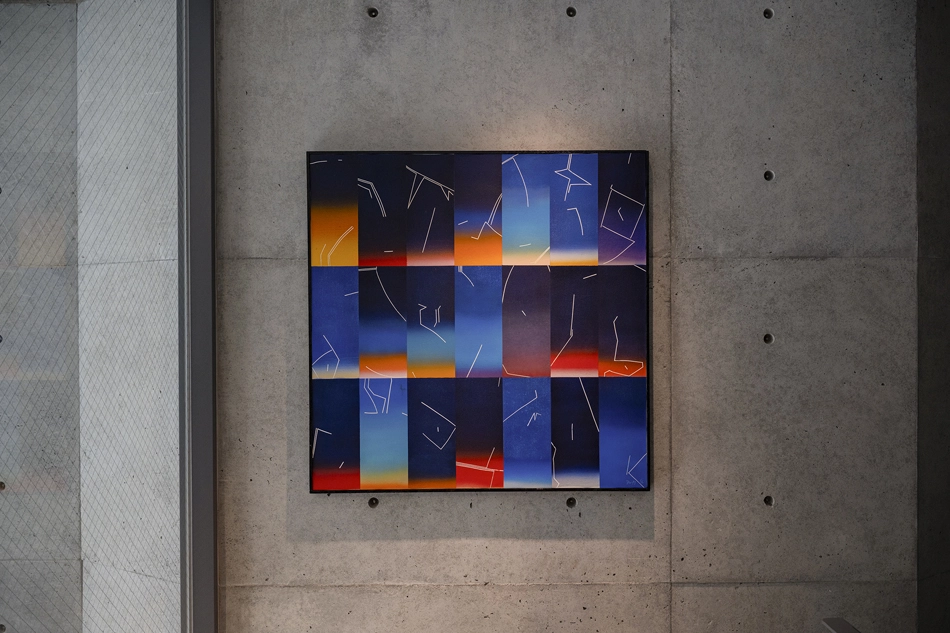

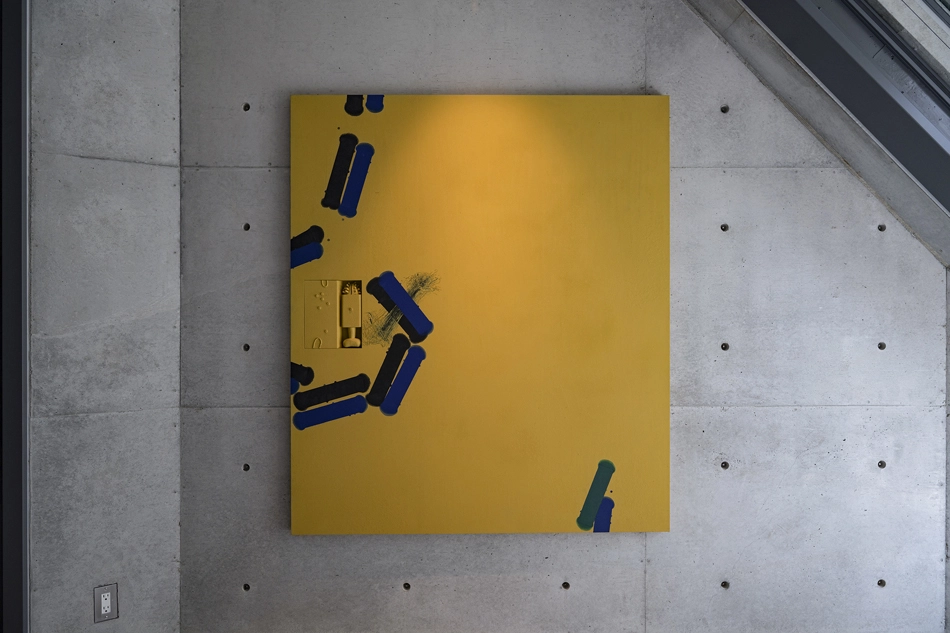

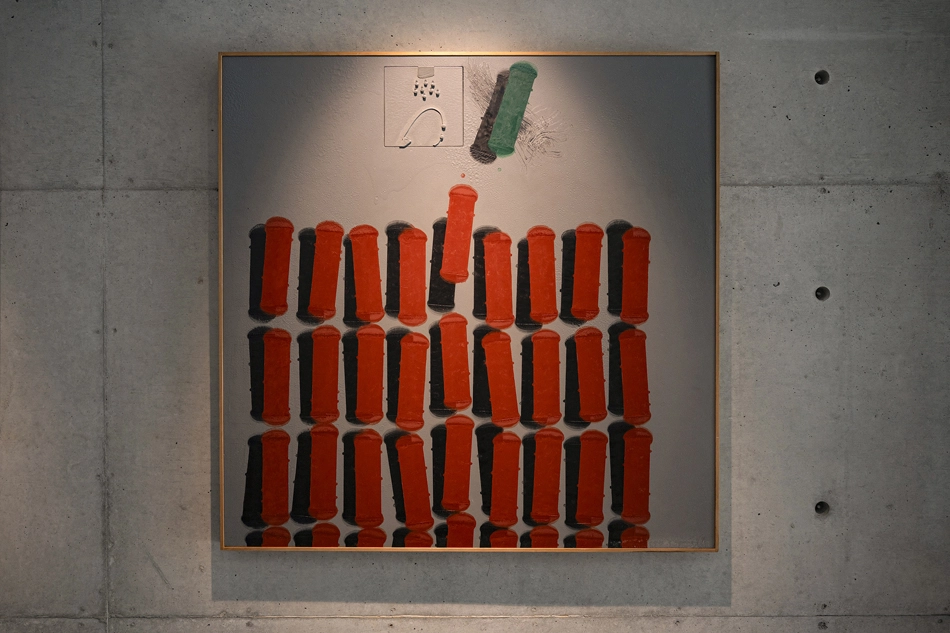
FUMIO MORIYA

FUMIO MORIYA, born in 1938 in Ehime Prefecture, is a Japanese painter, a member of the Kōdō Bijutsu Association, and a professor at Osaka University of Arts. After training in the United States, he transitioned to abstract painting, incorporating American artistic trends while developing his unique approach to abstract expressionism. In his thematic series such as "Ato" ("Traces") and "Retsu" ("Lines"), Moriya masterfully combines rich colors with diverse forms to express different periods and concepts. Notably, the interplay of squares and triangles serves as an intriguing element in his compositions.
Exhibitions:
Exhibition of “Kohdo Bijutsu” from 1962 to 2023
Exhibition of “Ge” from 1975 to 2023
- 1966
- “The 9th competition for Yasui Prize” The National Museum of Modern Art, Tokyo, Japan
- 1967
- “The 10th competition for Yasui Prize” The National Museum of Modern Art, Tokyo, Japan
- 1971
- “The 14th competition for Yasui Prize” SEIBU IKEBUKURO, Tokyo, Japan
- 1975
- Foreign Cultual Interchange Delegate of the O.I.F.S.
- 1978
- “Art Now’78” Museum of Modern Art Hyogo, Hyogo, Japan
- 1988
- “The 17th International Art Exhibition of Japan” Tokyo Metropolitan Art Museum, Tokyo, Japan
- 1991
- “Mural painting” Ibaraki Municipal Central Library, Osaka, Japan
- 1993
- “Osaka Triennale 1993” My Dome Osaka, Osaka, Japan
- “The 22th Contemporary Art Exhibition of Japan” Tokyo Metropolitan Art Museum, Tokyo, Japan
- 1996
- “Mural painting” Ibaraki Municipal Welfare Center of the Disabled, Osaka, Japan
- 2000
- “Solo Exhibition” Shinanobashi Gallery, Osaka, Japan
- 2001
- “Solo Exhibition” Gallery Blanche, Osaka, Japan
- “Osaka Triennale 2001” Seaside Studio Caso, Osaka, Japan
- 2005
- “Osaka International Art Festival” ATC Gallery, Osaka, Japan
- “Solo Exhibition” Gallery Chayamachi, Osaka, Japan
- “Adventurer for Beauty” Art Court Gallery, Osaka
- 2006
- “Solo Exhibition” Gallery Blanche, Osaka, Japan
- “Adventurer for Beauty” Art Court Gallery, Osaka
- 2007
- “The 60th Anniversary Exhibition of All Kansai Action” Hyogo Prefectural Museum of Art, Prince Branch
- 2009
- “Uniglamas Exhibition” Gallery Uniglavas Ginzakan, Tokyo, Japan
- “Solo Exhibition” Gallery Blanche, Osaka, Japan
- Retired from Osaka University of Arts
- 2011
- “Solo Exhibition” Gallery Yūsai, Nara, Japan
- 2014
- “Best Selection Art” Tokyo Metropolitan Art Museum, Tokyo, Japan
- 2015
- “Solo Exhibition” Gallery Blanche, Osaka, Japan
- 2017
- “Distance of 27 People” Gallery Yūsai, Nara, Japan
- “Solo Exhibition” Gallery Blanche, Osaka, Japan
- 2019
- “Solo Exhibition” Gallery Blanche, Osaka, Japan
- 2021
- “Solo Exhibition” Gallery Yūsai, Nara, Japan
- “Solo Exhibition” Gallery Blanche, Osaka, Japan
- 2023
- “Solo Exhibition” Gallery Blanche, Osaka, Japan
- “June-Untitled” Gallery Yūsai, Nara, Japan
- “Japanese Contemporary Art from the 20th to 21st century”ICHION CONTEMPORARY, Osaka, Japan